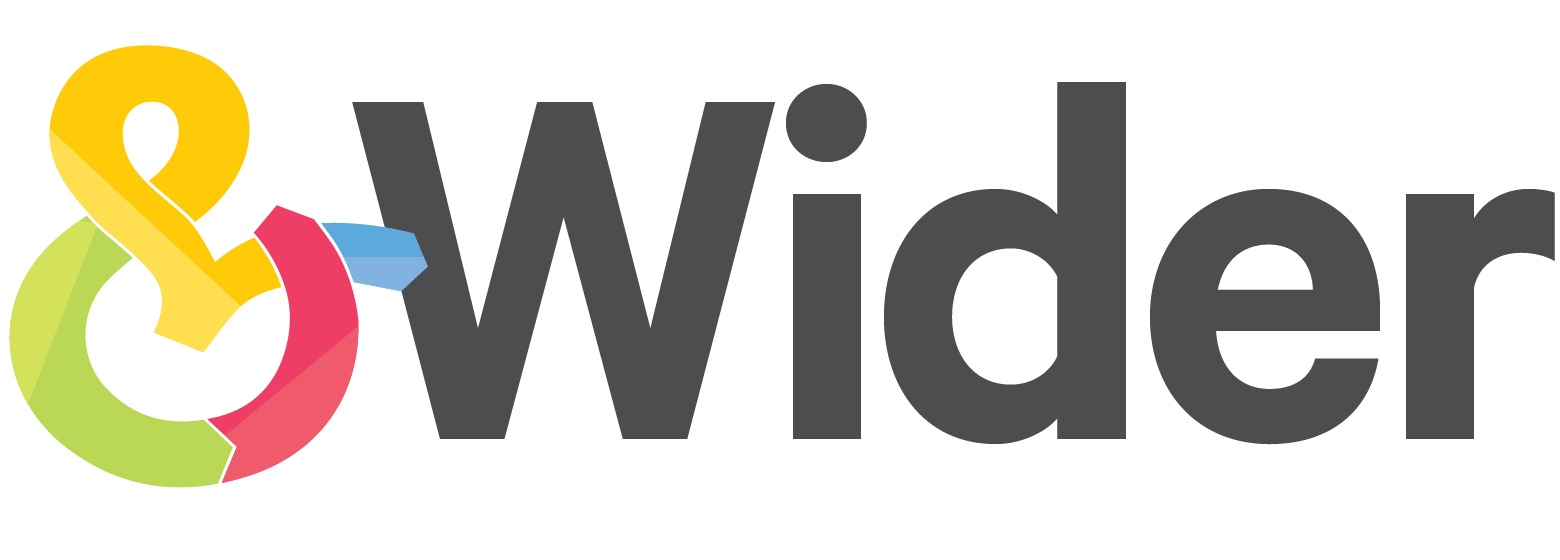Direct Worker Reporting and Worker Voice Technologies - how are they related?
The blog entry that follows is intended to clear a misunderstanding relating to Direct Worker Reporting and Worker Voice Technologies, and to manage expectations around the work we do for the businesses we serve on both sides of the supply chain.
We have written a blog post explaining why we don’t use the term Worker Voice to encapsulate everything we do at &Wider. We explain that workers have voices and that the work we do in gathering anonymous insight from workers into their working lives, should not be misunderstood as speaking for or representing workers in any way. This is the challenging task faced by the union movement.
But some years later we acknowledge that the term has come to be commonly used to describe the use of mobile tech to enable workers to report on their working lives. It is used to describe the tech used in our space. Given that unions are and should be the voice for workers and not mobile technologies, we believe the term can be misleading. However, we accept that this term is used as a label for this use of technology - for better or for worse.
So what’s in a name?
We conduct Direct Worker Reporting for our clients. What then is the difference between Direct Worker Reporting and Worker Voice Technologies? In short: when workers report through an anonymous channel on their working lives at regular intervals, the tech is just one part of the picture. It is kind of like describing a house as a bedroom. Yes the technology enables providers to gather data at scale from workers. But it isn’t all about the tech.
What else goes into Direct Worker Reporting?
A scalable methodology for triggering trust across a workforce.
Trust cannot be understated when gathering sensitive data. Without trust, the data collection exercise can be perceived as extractive and suspicious by workers, and distrustful workers are more likely to play the system and deliver less than candid feedback. So what are some of the ingredients for a trust methodology?
Survey design - data collection instruments or surveys designed to gather sensitive data in a light, matter of fact, stigma-free manner.
An easy, contained and undemanding user experience provides a means of unlocking the trust and cooperation of suppliers or business owners who employ the workforces we survey.
Support - sometimes operational, sometimes strategic - for brands, retailers and business owners (suppliers), to enable these parties to drive material improvements in the specific areas identified by the dashboards.
Training - when you spot on your dashboard that multiple suppliers or businesses are struggling with the same issues in their workforces, that enables you as a buyer or business owner, to learn what you need to learn to address the issue. Sometimes this training is needed for the workers themselves, but most often it is the business owners who aren’t necessarily equipped with large HR functions in the business, who need the support to improve their workers’ working lives.
Going beyond the technology
So next time you hear about Worker Voice, remember that it is the tech that is used to survey workers, but technology alone doesn’t drive improvement. Be aware that the technology needs to be supplemented by a more comprehensive approach which practically supports improvement. Direct Worker Reporting uses Worker Voice Tech, alongside strategic support and trust and training, to listen to workers, and enable targeted improvement where workers have told us it is needed.

